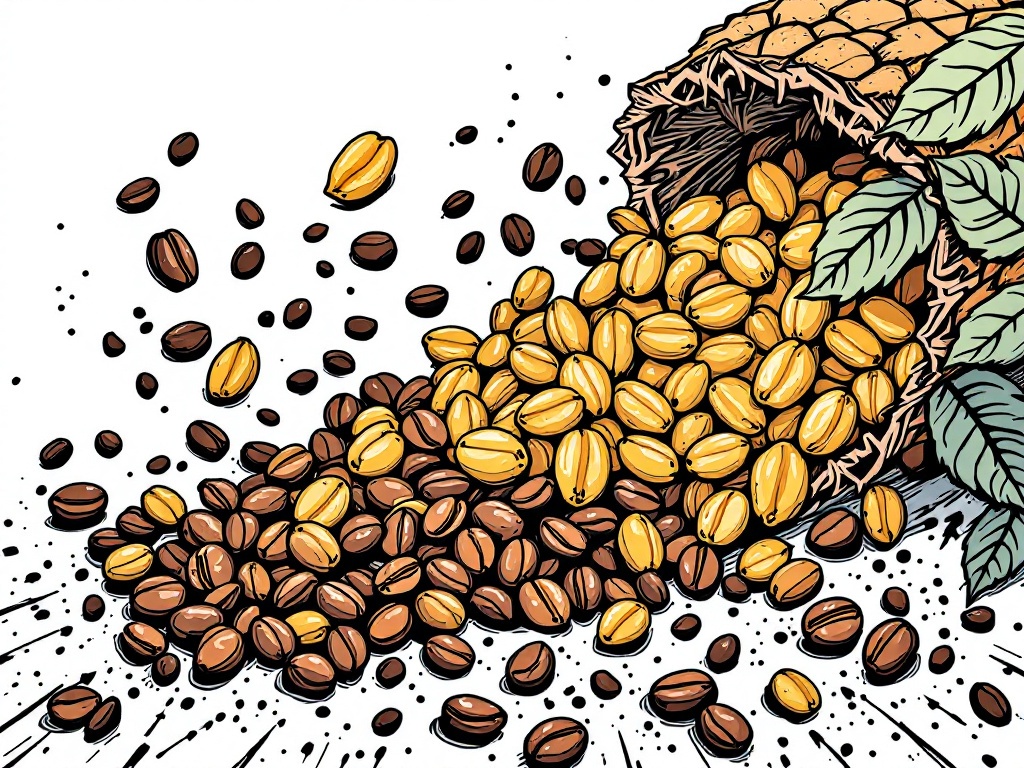2025 Weather Events Trigger Sharp Rise in Food Prices

London, Monday, 17 February 2025.
In 2025, food costs are becoming erratic due to extreme weather, with cocoa and coffee prices having doubled, reflecting ongoing climate-induced disruptions in supply chains.
Record-Breaking Price Surges
Research by consultancy firm Inverto has revealed unprecedented increases in key commodity prices, with cocoa surging by 163% and coffee rising by 103% in the year to January 2025 [1][3]. These dramatic spikes are directly attributed to higher than average rainfall and temperatures in major producing regions [1]. The volatility extends beyond these commodities, with sunflower oil prices climbing 56% due to drought conditions in Bulgaria and Ukraine, further complicated by the ongoing Russian invasion [1].
Widespread Impact Across Food Categories
The ripple effects of extreme weather are being felt across multiple food categories. Both orange juice and butter have experienced price increases exceeding one-third of their previous values, while beef prices have risen by more than 25% [1][3]. These dramatic price movements are occurring against the backdrop of 2024, which was declared the hottest year on record [1], suggesting a concerning trend as we move through 2025.
Expert Warnings and Future Outlook
Climate scientists and industry experts are raising serious concerns about the continued impact of extreme weather on food security. Pete Falloon, a food security expert at the Met Office and University of Bristol, warns that ‘extreme weather events around the globe will continue to increase in severity and frequency in line with the ongoing rise in global temperature’ [3]. This sentiment is echoed by Max Kotz from the Potsdam Institute for Climate Impact Research, who points to recent examples where ‘extreme heat across east Asia drove substantial increases in the price of rice in Japan and vegetables in China’ [1].
Adaptation Strategies
Industry analysts are advocating for immediate action to address these challenges. Katharina Erfort from Inverto emphasizes that ‘food manufacturers and retailers should diversify their supply chains and sourcing strategies to reduce over-reliance on any one region affected by crop failures’ [1][3]. The impact is already being felt at the household level, with UK government reports from December 2024 indicating that climate breakdown and related food price inflation have led to an increase in hunger and malnourished households [1].